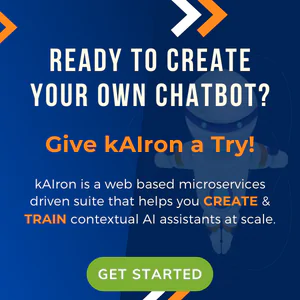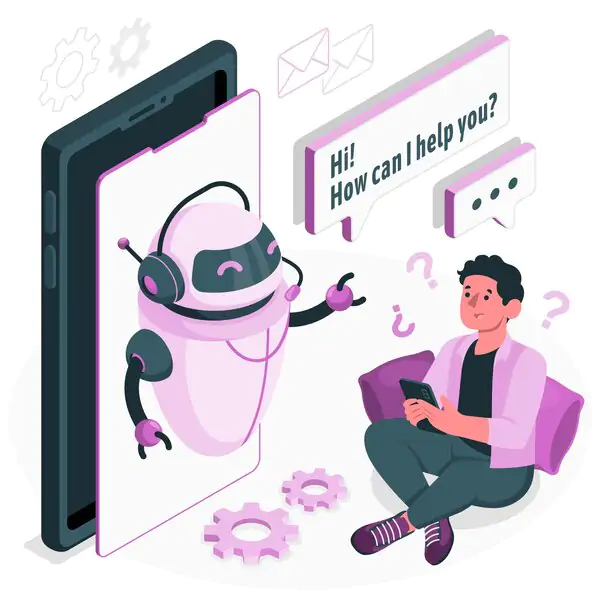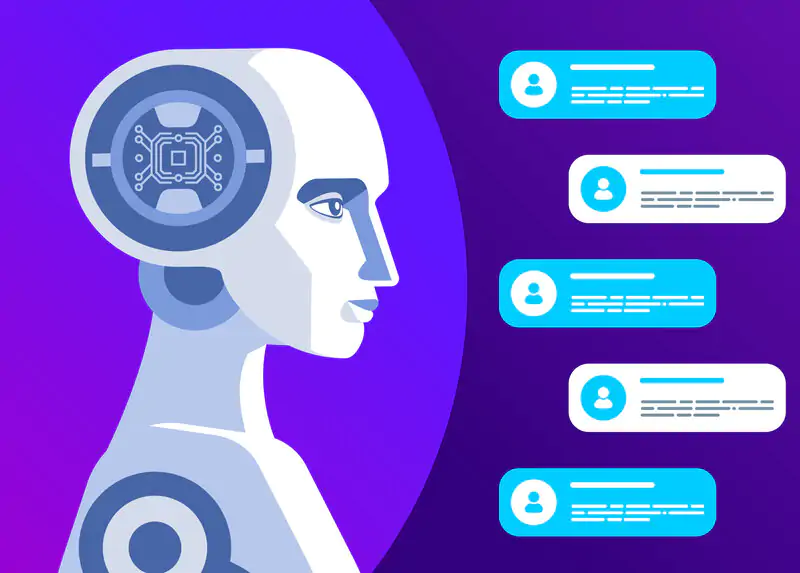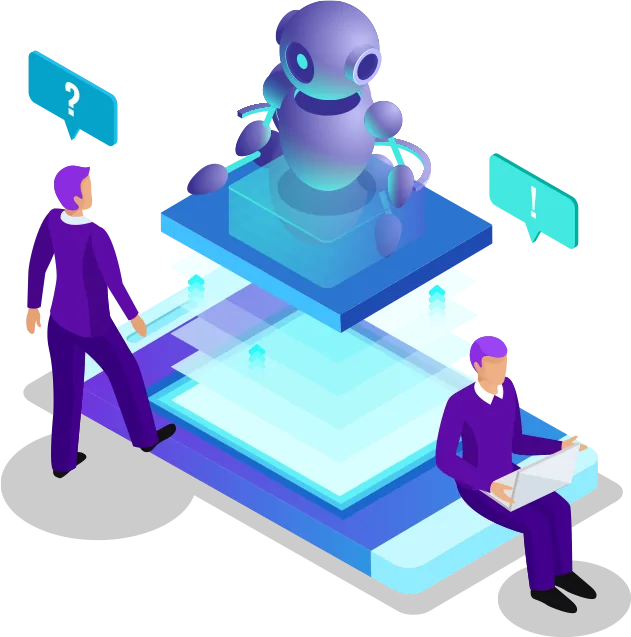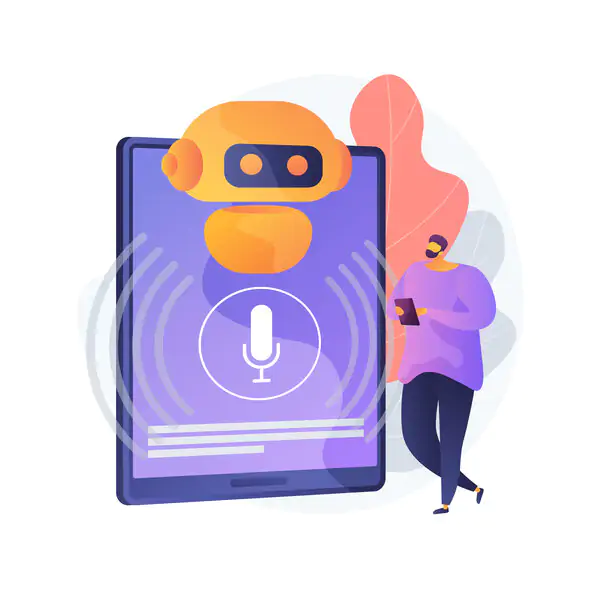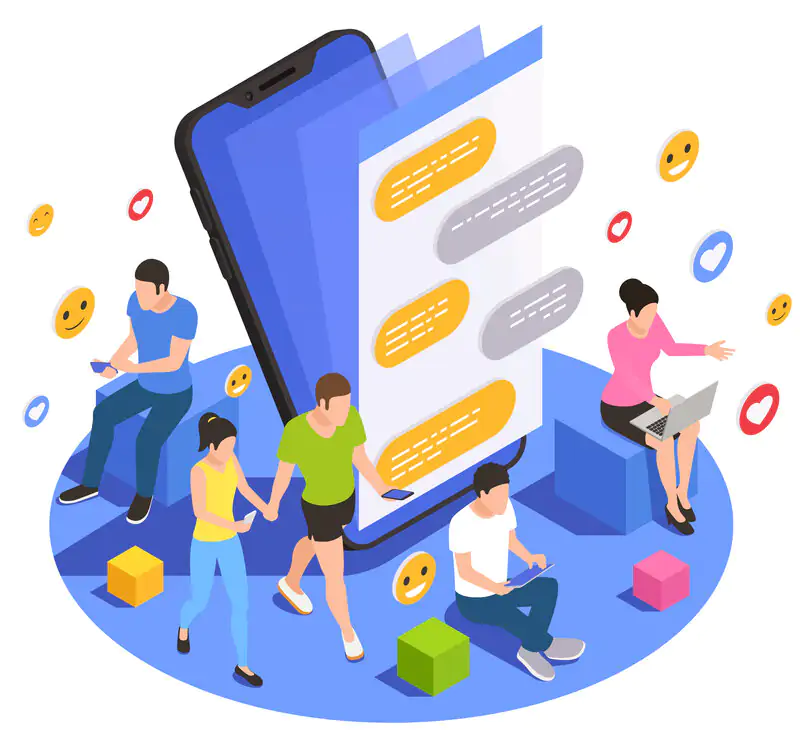5 Types Of Chatbots That Can Aid Your Business
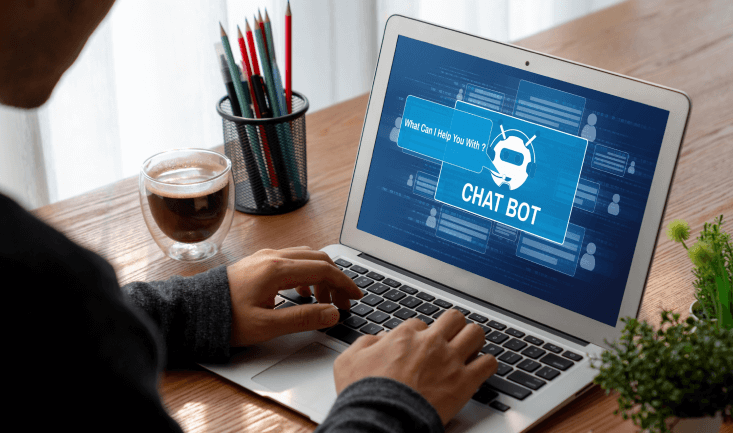
1. Menu/ Button-Based Chatbots: A menu or button-based chatbot is the simplest form of a chatbot. In this chatbot, users follow a conversational path by clicking on the limited number of options/buttons provided by the chatbot. Users are not allowed to type their queries or questions, rather they just have to select from the predefined buttons. Menu bots or flow bots are more cost-friendly compared to their AI counterparts.

2. Keyword Recognition-Based Chatbots: These chatbots are more advanced than menu-based chatbots. Keyword recognition-based chatbot uses Natural Language Processing (NLP) to serve its users. Here users can interact by giving free text input. The chatbot then analyses the user’s text based on keywords as they are keyword-dependent and gives the best possible response. This allows users to have more freedom in input and perform more natural conversations.
-
Skills Chatbots: Skills chatbot is a single-turn-type chatbot that doesn’t require much contextual awareness. These chatbots follow a command and then act. For example, a skills chatbot can easily follow commands like ‘switch on the lights’ using its speech recognition functionality. One of the best examples of a skills chatbot is Amazon’s Alexa. Alexa can easily obey instructions while the consumer does multitasking. These chatbots do not think a lot about contextual knowledge as individuals pretty easily learn what to say to them correctly.
3. Contextual Chatbots: Contextual chatbots use Machine Learning (ML) and Artificial Intelligence (AI) to remember conversations with specific users to learn and grow with time. These chatbots progress with each conversation and learn to make the user experience better. For example, If you order coffee, this chatbot will remember what kind you ordered or mentioned in the previous conversations like common orders, delivery address, payment information. They will then simply ask you if you would like to repeat your order.
-
Assistant Chatbots: The rise of AI-assisted devices like Google Home and Siri has opened a window of opportunities for businesses to refine the way they interact with the customer. Assistant chatbots are the software programs that stimulate the tasks of a personal assistant that include booking appointments, giving reminders, scheduling tickets for events and more. They are AI-powered and are capable of learning the user’s preferences and habits over time. Assistant chatbots have the ability to have long conversations even after breaking the flow. Although they are limited to usage by individuals for personal needs, they are gaining quick ground in being used in various businesses as well.
-
AI bots: AI bots use Natural Language Processing (NLP) and Machine Learning (ML) to direct a conversation with a customer. These kinds of chatbots generate their own answers by analysing the user’s intent. They are more advanced, hence are more preferable to answer complex customer queries. They customize the conversation language according to the user. As these are smarter from an intelligence perspective, they take a longer duration to train and understand by requiring a large volume of training data to avoid producing irrelevant responses or complicating the customers’ experience.
4. Voice Chatbots: Voice chatbots are chatbots that can communicate using vocal input and output. A user can speak out loud as they talk to a person to the bot and the chatbot will respond with a voice of its own. These chatbots use speech recognition technology which includes Natural Language Processing (NLP) to understand the intention behind the input.
5. Social Messaging Chatbots: The chatbots which are integrated with a social messaging platform like Messenger, Telegram, Slack, Whatsapp etc are social messaging chatbots. These kinds of chatbots make it simple for customers to directly connect with the bot using social media handles just like the way they talk to their friends. Social messaging chatbots can sell and process orders, track order information and answer frequently asked questions (FAQs). It cuts down a lot of costs for online businesses and also offers instant interaction to the users.
